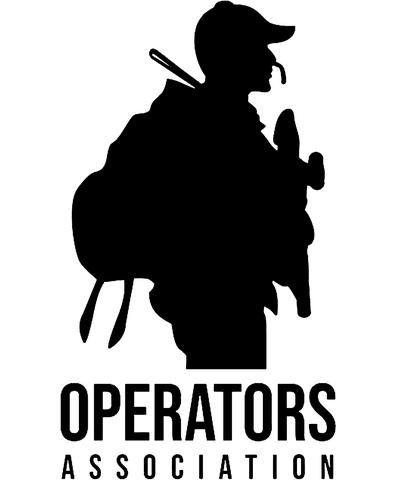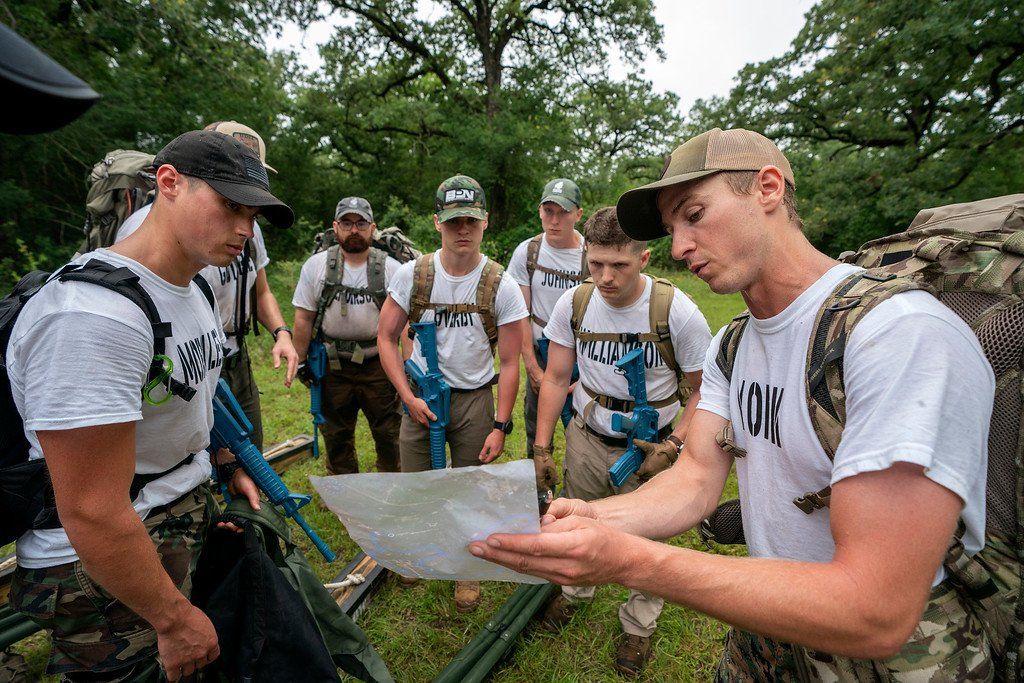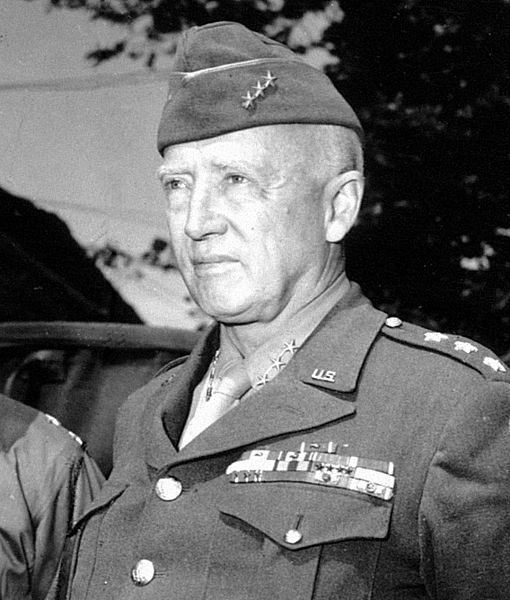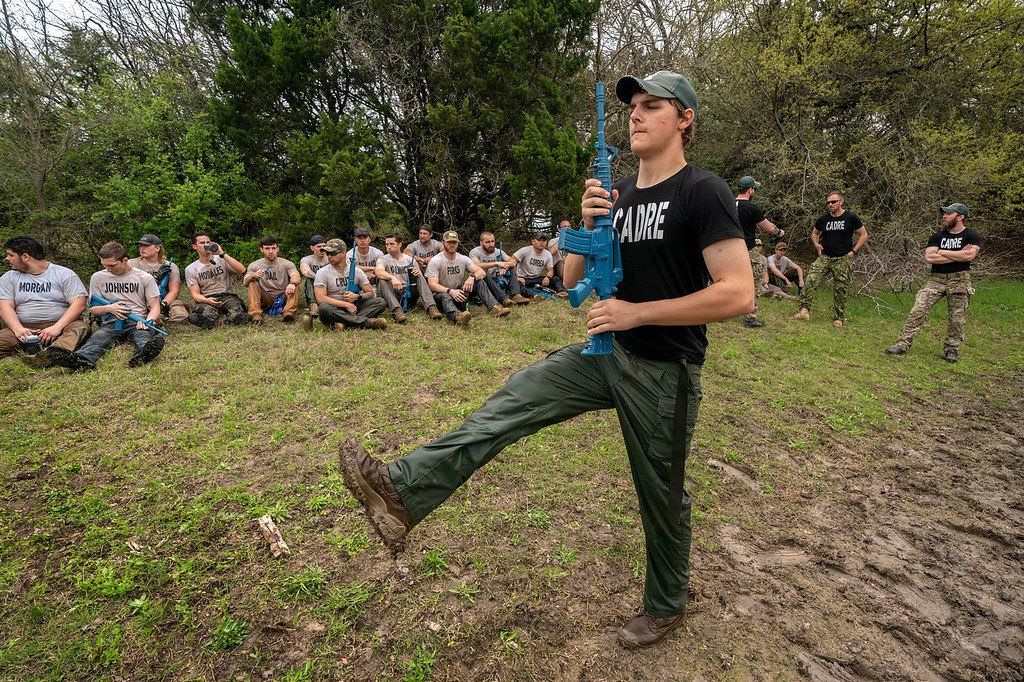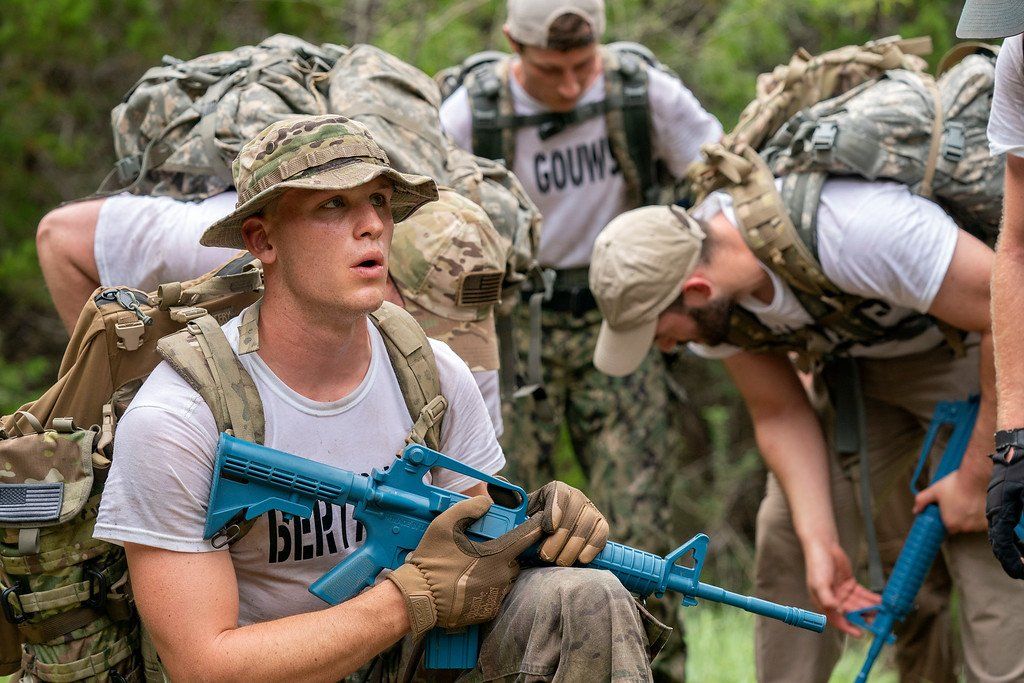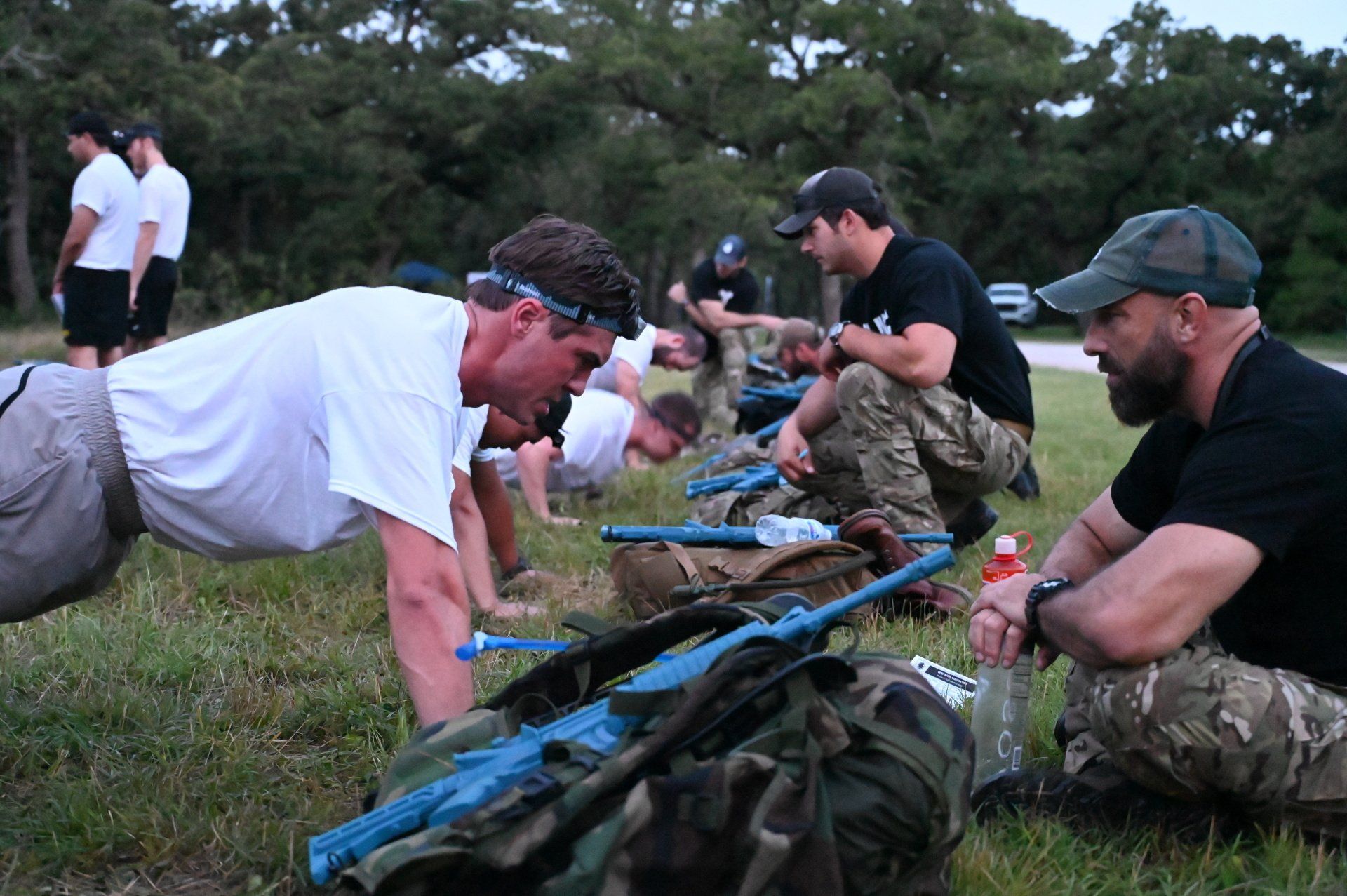How to Build Rapport Like a Green Beret
Sep 08, 2021
SOF techniques for making friends when your life depends on it.
Life as a Green Beret isn’t just close action missions and elite military operations. A large part of a Green Berets job on deployment is to embed within the local culture and live among the people. By embedding into a culture, they can pick up on vital intelligence, observe potential enemy movements, and act as the first line of defense by employing unconventional warfare. Green Berets aren’t just exceptional warriors. They are also excellent communicators, bilingual, and experts at using and maintaining the latest military technologies.
While Green Berets are elite special forces operators, embedding into a (potentially hostile) village beyond the safety of barbed wire and concrete leaves them vulnerable. If locals alert the enemy of a Green Beret team’s presence, they could be ambushed at a moment’s notice. With that being the case, one of a Green Beret’s greatest assets is his ability to build rapport with others. The better a Green Beret can communicate and form relationships with the locals, the better he can operate and carry out his mission. In this OA guide, we’ll show you the three principles behind how US Army Green Berets build rapport, and how you can apply these tactics to your daily life.
Principle 1: Have Excellent Cultural Awareness
Although Green Berets deploy all around the globe, one thing is true almost anywhere they embed: they are trying to fit into a foreign culture. As such, Green Berets must be masters at observing how people behave and understanding the culture in which they embed. Failing to adopt the cultural norms during their deployment can cause a Green Beret to lose rapport with the locals and put his life at risk. For example, even small things that are normal in America – like shaking a married woman’s hand – can have significant repercussions in an Afghan village. To ensure that they can embed effectively into a culture, Green Berets take the time to memorize and understand the local norms and accepted behaviors. The better a Green Beret can blend into the local culture, the more rapport he can build while keeping a low profile.
While you likely aren’t dealing with people from around the world regularly, you can still build stronger relationships by having a strong cultural understanding. You must understand that behaviors you and your friends might find ordinary can make people outside your group uncomfortable. This is especially true in the business world, where different companies will have significantly varying approaches to how their workers interact with each other. If you’re unaware of a culture that you’ve just joined, your best bet will be to keep quiet, observe, and not speak unless spoken to or it is absolutely necessary. Accidentally branding yourself as an ignorant loudmouth will cripple your chances of making a good first impression
or building long-term relationships. When in doubt, tread lightly.
Principle 2: Show You Care
Green Berets often depend on the cooperation of the locals to accomplish their mission. When a Green Beret builds strong relationships with the people in his embedded culture, they are more likely to collaborate with him and reveal crucial information about enemy activities. To do this, Green Berets must build trust with the locals by showing them that they care about more than just accomplishing their mission (even if that’s not entirely true).
A crucial part of building rapport is showing people that you aren’t just working with them to accomplish an objective. You must show your teammates that you are genuinely interested in their progress and goals. The best way to do this is to regularly have 1-on-1 discussions with your people where you don’t just talk about the bottom line. Instead, chat with them about their goals, personal progress, interests/hobbies, or simply ask them how their weekend went. People love to talk about themselves, so allow them to do so with you. After having a couple of casual, personal conversations with an individual, they will be much more willing to share information that they would have otherwise kept to themselves.
Principle 3: Subtly Mirror Others
This final principle directly appeals to an individual’s subconscious mind. It can be challenging to get the hang of it, but once you do, you can create excellent rapport with people you barely know. Commonly known as the Mirroring Technique, mirroring is the practice of subtly copying another person’s vocal tone, body language, and behaviors. Humans do this subconsciously when interacting with a person
they like or are attracted to, but you can also do this purposefully to speed up your rapport building.
The next time you meet someone new, try to subtly copy their behavior. If they are a soft-spoken individual, speak with a lower, calmer tone. If they are a particularly energetic and outgoing person, match their enthusiasm. Human beings are naturally attracted to things they find familiar and repulsed by things they find foreign. In other words, they like people who are similar to themselves and dislike those who are different. By mirroring a person’s mannerisms, you tell their subconscious mind that you are a similar, trustworthy person! This psychology technique can work wonders for helping you establish rapport and build trust in record time.
If you’re looking for more ways to develop your leadership skills, become an OA Aspiring Operator today. You will unlock instant access to hundreds of exclusive special forces podcasts, a private weekly accountability group, and a community of hundreds of motivated, disciplined future operators who will keep you accountable for your progress. Visit our membership packages page to get started today!
